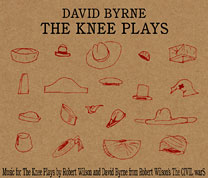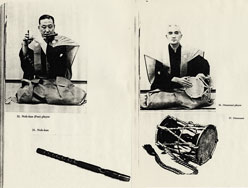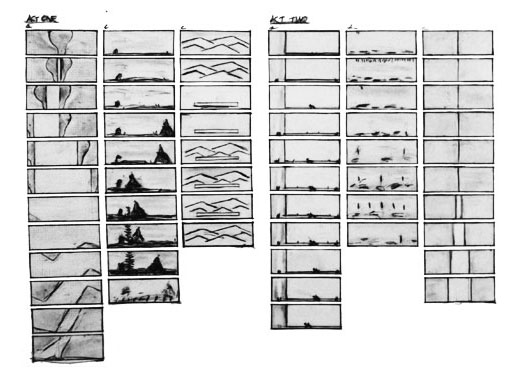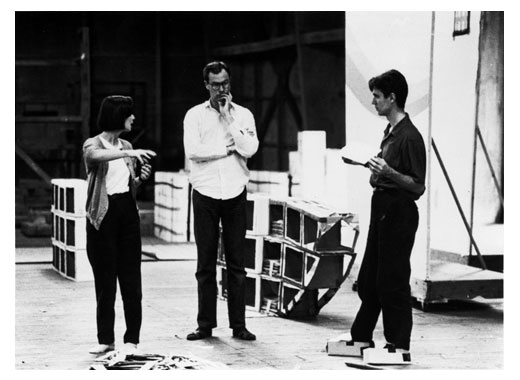THE ALBUM

- ESSAY
- TRACKS, LYRICS, & AUDIO
- CURRENT REVIEWS
- LIVE DATES (COMING SOON)
- CREDITS
- BUY CD (AMAZON.com)
- DOWNLOAD (COMING SOON)

[ + ] POP-UP LARGE
WHAT’S A KNEE PLAY
the CIVIL warS, in a nutshell, was to be a massive production presented at the 1984 Olympic Arts Festival for the XXIII Sports Olympiad in Los Angeles. An auspicious year, eh? Each massive act, each one a theater production in itself, was to be created in a separate country, and then the parts and sets would be shipped to L.A. and the whole thing presented as one long piece at the Shrine Auditorium. The whole shebang would run, well, at least 10 hours—not an extraordinary length for a Bob piece. There were hosts of collaborators (Philip Glass was writing music for at least two acts, I believe) and international actors of all types. (While I was involved he tried to get Kabuki star Tamasaburo Bando and David Bowie to act in parts of the CIVIL warS.)

Some of Robert Wilson’s “storyboards” for the CIVIL warS.
Each large act was defined and structured by these changing stage pictures.
Having seen previously how expensive and unwieldy Bob’s pieces could be—well, for usually underfunded avant-garde theater—and therefore how seldom seen many of the pieces were, I suggested that I might collaborate on the joints, the Knee Plays. I imagined these would be a lighter and cheaper production, which might therefore possibly tour beyond L.A. or wherever it was created. (This proved to be true.) I knew that collaborating on the smaller production would probably sacrifice some “wow” factor that the larger acts would possess, but, I reasoned, what good is a spectacle if no one sees it?
Bob actually had a kind of “story” for the Knee Plays, which is highly unusual for him (he usually works in images, or by deconstructing a classic until the story is all but invisible). His story was like a folktale or a myth, but with some historical events mixed in, such as Admiral Perry and the Japanese encountering one another. It follows a group of people as they make a boat out of tree and travel to strange and foreign lands and…? How this story would be imparted—visually, musically, or via text—was not specified. Answers to those questions would, presumably, emerge in the collaboration. Bob and his producers said it could be workshopped in Japan, alongside one of the larger acts.
I love Japan, and Japanese culture, and my girlfriend at the time, Adelle Lutz—later my wife—was fluent in Japanese and was already working with Bob on the Japan Section of the CIVIL WarS, so it all sounded like a great opportunity and a wild adventure. Adelle, being well-versed in Japanese theater and Peking Opera, thought these might be interesting choices to inform the Knee Plays. We went to a lot of traditional Japanese theater and dance: Kabuki, Bunraku, Noh, and some of the wackier traditional comedy-dance shows. It was all hugely exciting and influential, both on the Knee Plays and on my own work later on.

Adelle, Bob and David at the Tokyo workshop. As in Japanese homes, workers were encouraged to leave their shoes at the door. DB made temporary slippers out of cardboard.
We all assembled in Tokyo and the workshops took place at an industrial warehouse near the bay. There was nothing out there except a few vending machines selling soymilk and large-size beers. As in a lot of cities, the waterfront had been appropriated by industry and then abandoned, leaving industrial spaces with extraordinary views.